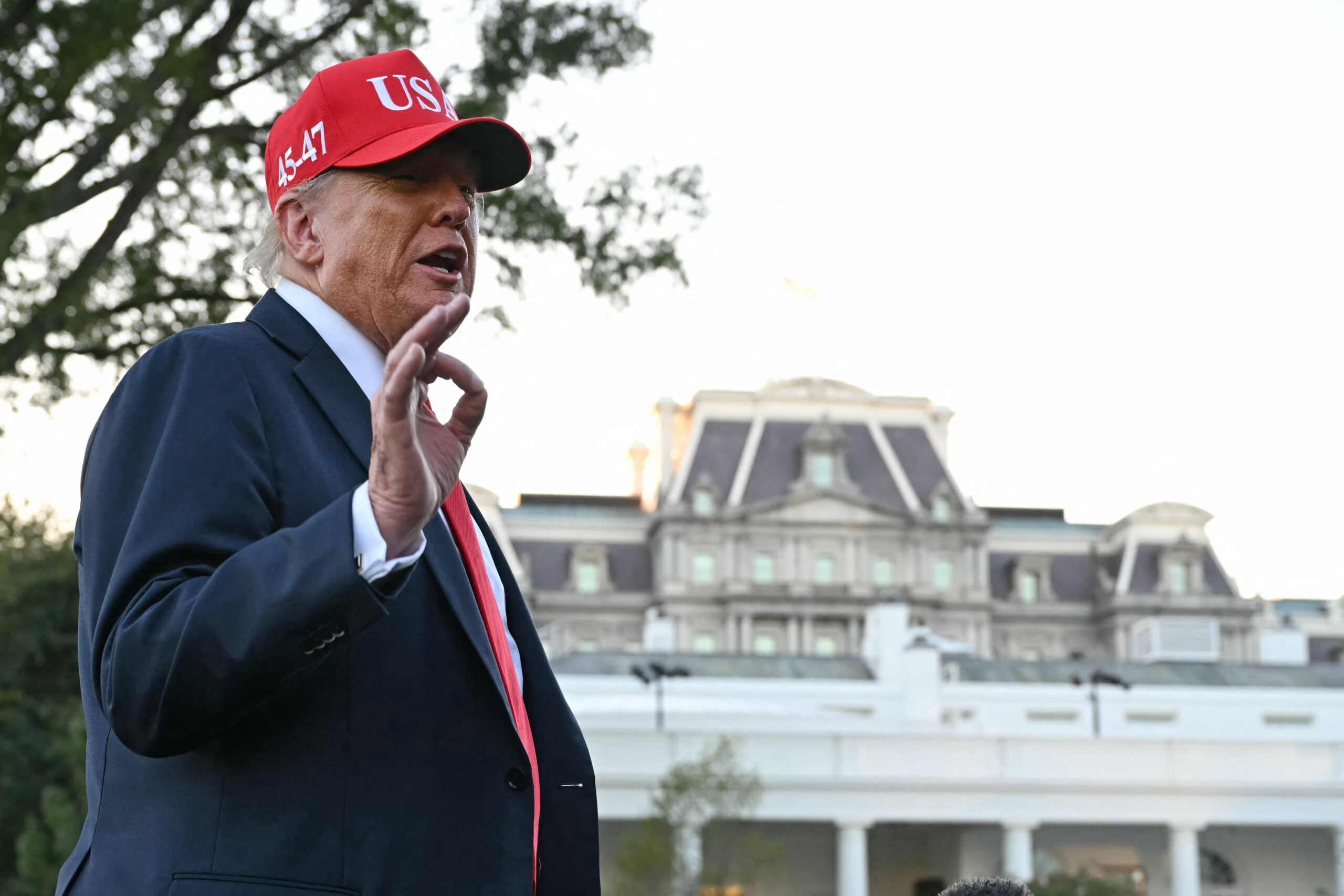- October 10, 2025
Latin America’s right turn: A windfall for Trump?

A wave of recent and upcoming presidential elections shows that, with some notable exceptions, the region is moving away from the leftist populist regimes that wrecked many of its economies and allowed rampant corruption and soaring crime.
Bolivia’s Oct. 19 presidential runoff is a case in point. After nearly two decades of rule by former President Evo Morales and his hand-picked successor, Luis Arce — staunch allies of Venezuela, Cuba, Russia and Iran — their ruling Movement Toward Socialism (MAS) party was utterly humiliated in the August first-round elections.
Amid a crippling economic crisis, the MAS got a dismal 3% of the vote. The result surprised no one: Widespread food shortages are the norm, and motorists now wait in line for hours just to get a tank of gasoline.
Now, two right-of-center candidates, Sen. Rodrigo Paz and former President Jorge “Tuto” Quiroga, are battling for the presidency in this month’s runoff. Both are vowing a decisive break from the past, promising to downgrade or sever ties with Venezuela and Cuba and to embrace free market reforms at home.
Just as important, whoever wins is likely to enjoy a comfortable majority in Congress. As Quiroga told me in an interview this week, an overwhelming 94% of the members of Congress elected in August come from non-leftist parties.
“All leftist parties together got only 10 seats in (the 166-seat) Congress — not even enough to make a soccer team,” Quiroga quipped. “We’re a relatively small country, but Bolivia’s example will inspire other countries and have regional repercussions.”
Likewise, Paz told me that the political pendulum in Latin America has swung toward “democratic stability.” Referring to charismatic leftist autocrats, he said that “people have concluded that ideology doesn’t put food on the table. They want common sense.”
Earlier this year, right-of-center President Daniel Noboa won Ecuador’s elections, following the election victories of rightist candidates in Argentina and Paraguay’s 2023 presidential elections. The trend may continue in coming months if — as current polls suggest — right-of-center presidential candidates win upcoming elections in Chile and Peru, and perhaps even in Colombia’s vote in May 2026.
In Chile, a new Cadem poll shows that government-backed Communist Party candidate Jeannette Jara — a moderate leftist, despite her party label — may win the first round vote in November, but she’s widely expected to be defeated in a runoff election. Polls show that whichever right-of-center candidate reaches the second round on Dec. 14 is likely to be Chile’s next president.
“A rightist candidate, and probably an extreme rightist one, will win,” Marta Lagos, head of the well-known regionwide Latinobarómetro poll, told me.
In Peru, it’s hard to say, because the last time I counted, there were more than 50 presidential candidates — I’m not making this up — for the April 2026 elections.
Leftist presidential hopefuls are behind in the polls, but they tend to unite behind one candidate before the elections and sometimes eke out a win. Rightist presidential hopefuls, meanwhile, often divide the vote and end up losing. We’ll see if the pro-business candidates shoot themselves in the foot yet again.
To be sure, the regional shift to the right is not uniform. A moderate leftist won the presidency in Uruguay’s recent elections. The region’s two biggest countries — Brazil and Mexico — have left-of-center governments, Colombia is ruled by an increasingly radical leftist leader and the old-guard leftist dictators of Venezuela, Cuba and Nicaragua remain in power.
But if current polls hold, by this time next year there may be a bloc of pro-market, U.S.-friendly governments in Argentina, Chile, Paraguay, Bolivia, Peru and Ecuador. They may be joined by Colombia and — less likely, but still possible — Brazil.
Sergio Fausto, a Brazilian political scientist who heads Brazil’s Fernando Henrique Cardoso Foundation, told me there is “a combination of anti-incumbent sentiment and a move to the right across the region,” a trend that may be reflected in next year’s congressional and state elections in Brazil.
But Brazilian leader Luiz Inácio Lula da Silva remains popular, and may win the presidential elections, he added. “Lula is like one of those long-extinguished stars that keeps irradiating light many years later,” Fausto told me.
Trump could take advantage of Latin America’s rightward shift and replace his current negative approach — which sees the region mainly as a source of illegal migration, crime and drugs — with a positive agenda.
He could propose an “Americas First” economic plan: lowering — instead of increasing — tariffs to like-minded countries in the region. That would allow American firms to replace Chinese imports with Latin American goods, help keep America’s inflation in check, make Latin American economies grow and simultaneously reduce migration and drug smuggling.
But unfortunately, except for isolated instances such as Trump’s recent announcement of a $20 billion rescue package for Argentina, the Trump administration has looked at the region as a source of problems, not opportunities. Latin America’s new, growing pro-business climate should make Trump reconsider and finally start building a much-needed “Americas First” plan.

